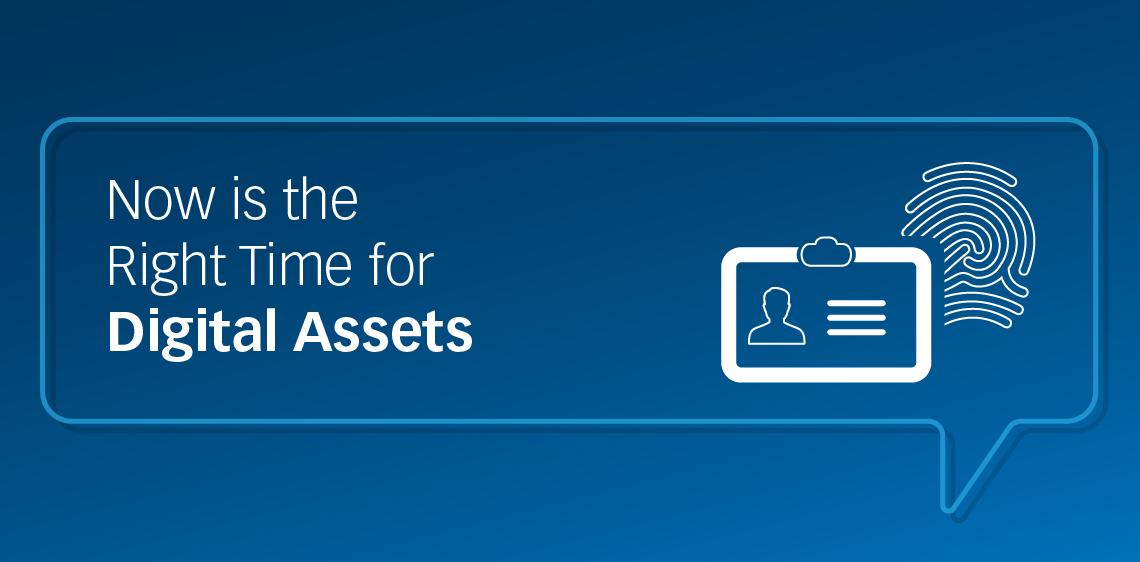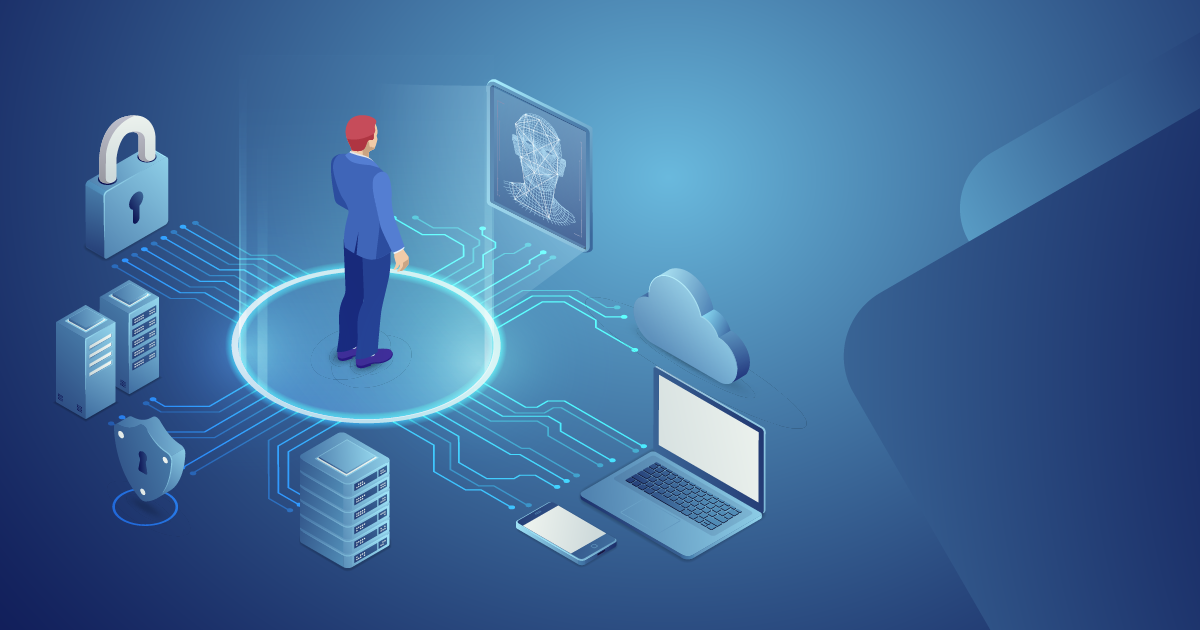

COVID-19 has disturbed the whole world at a sudden, and the period between January and March 2020 was not sufficient for countries to take proper action, address, or analyze all aspects and side effects of the fast spread nature of the plague, nor the consequences at economic, social, aviation, transportation and political levels.
Accordingly, the world witnessed the shutdown of almost all day-to-day business sectors due to governmental-imposed regulations, and the impact on business owners in various sectors, including the financial sector, is tremendous. The result? Experienced economic analysts and subject matter experts are now forecasting an economic crisis that is even worse than that of 2008.
Everybody has now realized the need to adapt to electronic digital remote working environments at all levels including financial, telecom, social, the food industry, governmental services and more. Online retail businesses like Amazon, Alibaba and others, could not maintain optimal business continuity due to the blockage of physical delivery channels, whereas aviation and transportation sectors also came to a total shutdown upon closure of borders between countries around the world. The only business survivors of this pandemic were those who provide and operate digital services such as Netflix, YouTube, Facebook and other social networks.
But what if this situation persists for a long time? And what if we face yet another similar global threat in the future? How can we be ready for another wave of COVID-19 or hits of other force majeures?
Under the assumption that we can maintain connectivity to the internet and make available telecommunication channels to all citizens around the world, the simple answer to all of the above questions is ‘to start moving towards a wide range of electronic digital-based services including cashless environments, digital assets and electronic Know Your Customer (eKYC).’
Between 2012 and 2019, talk about digital assets driven by blockchain Distributed Ledger Technology (DLT) had not been considered seriously. Today however, the COVID-19 pandemic is a major trigger alerting the need for the immediate transformation of assets into a fully digital and remote environment, not only for cashless payments, but for remotely managed assets and property ownership transfer between current and future owners of assets.
Much like assets, the use cases of such transformation are unlimited, and so I will only shed light on a couple of these use cases including eKYC processes and documents (assets) as well as the property ownership transfer process and its related certificate of ownership.
eKYC initiatives had been floating for a while ahead of the COVID-19 situation, and they had been one of the first frontiers tackled by legislations, regulations, standards and technologies. As compliance with KYC regulations is required for all transactions, whether it is at a minimal level such as the case for opening a new mobile wallet account, or at a detailed level such as opening a new bank account, providing a remotely accessed facility that allows consumers to fully complete registration processes and provide required documents or information through eKYC is now necessary for all sectors subject to such compliance requirements.
The provision of eKYC requires collaboration with solution providers with deep knowledge of sophisticated Machine Learning (ML) and Artificial Intelligence (AI) technologies that allow for conducting remote biometrics that identify the consumer’s identity, authenticity and required levels of authorization. This is in addition to expertise in collecting authentic required documents such as national identifications, passports, driving licenses, or other address verification supporting documents. Such advanced eKYC platforms and environments are essential to provide the needed financial and legal services remotely without the need for physical presence to deliver information or required documents.
Documents! Have I just mentioned ‘documents’? Documents are assets that are usually owned by a person or entity as a proof of identity or ownership of assets such as commodities or properties, including intellectual properties.
But how can documents and similar assets be maintained in a digital environment that guarantees their security, privacy and confidentiality while also allowing owners to voluntarily transfer ownership or grant rights of access to other parties? The answer is simple; DLT.
By building a national or global blockchain-based DLT for different categories and types of assets, we can easily build fully digital-based and remotely accessed eKYC and asset management solutions that facilitate a remote business and government services environment.
At present, experts have a deep understanding of technologies behind blockchain and DLT for both Online Transaction Processing (OLTP) and InterPlanetary File Systems (IPFS), the two of which can provide the means to move towards a fully remote and digital assets environment that is not limited to borders or physical engagement.
As such, I herein propose the building of a set of interoperable national blockchain-based DLT permissioned networks that connect to global blockchain-based DLT internet accessed by all countries around the world and driven by the end users at will.
The way I see it, now is the right time for digital assets.






